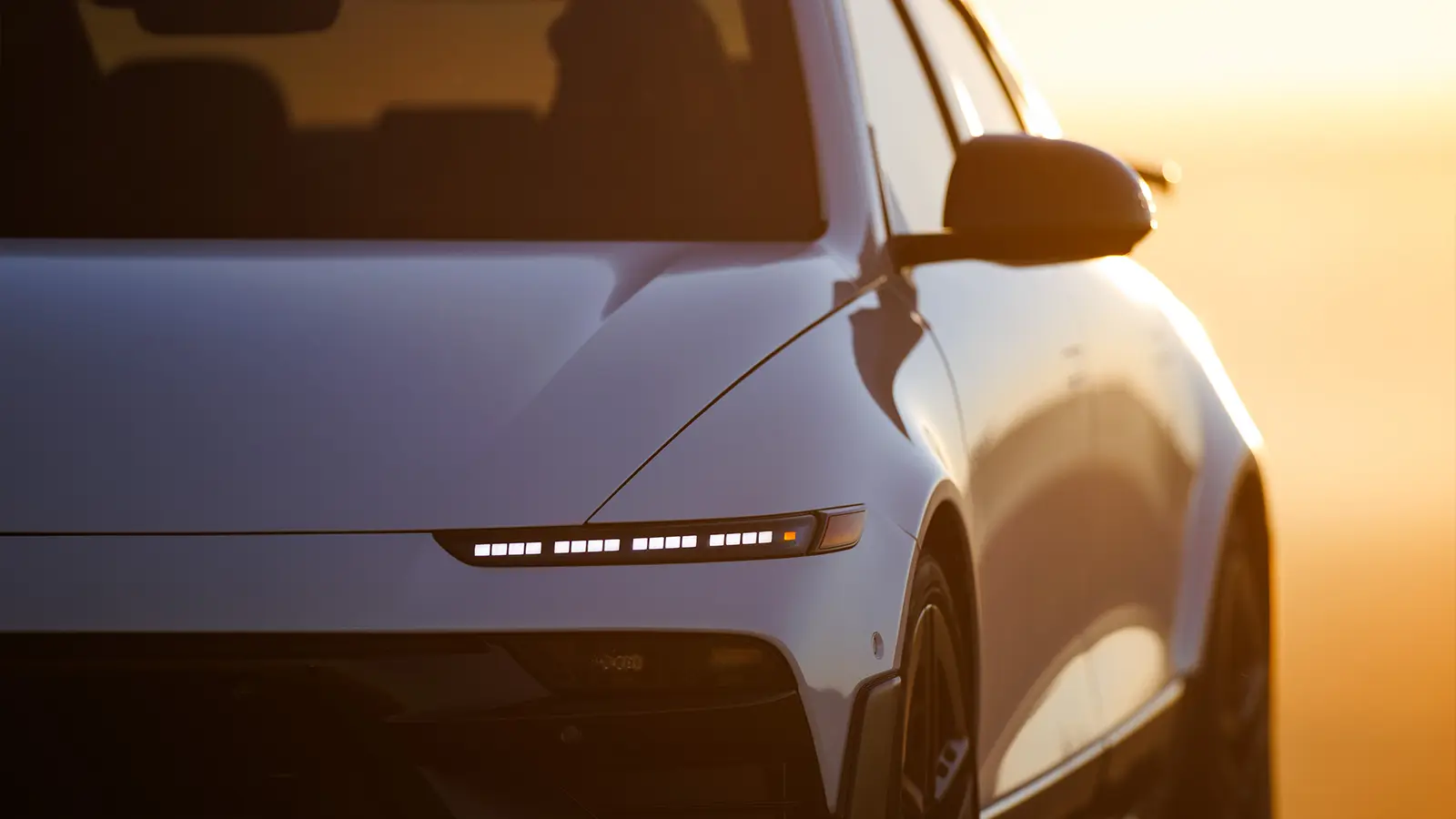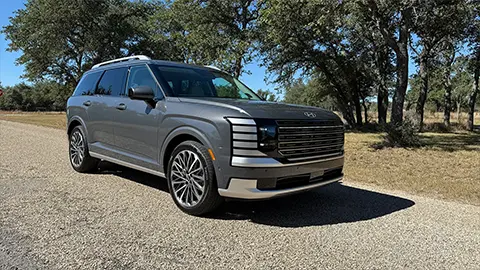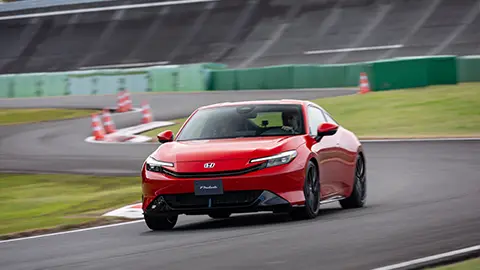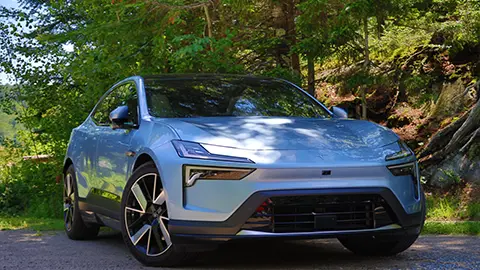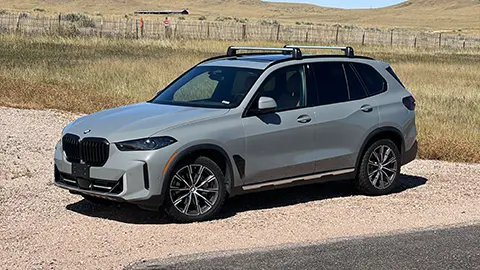Fast Facts | 2026 Hyundai Ioniq 6 N
⚡ Power: 641 hp with instant dual-motor acceleration
🎮 Feel: Simulated shifting and engine sound for driver engagement
🛞 Handling: Stiffer structure and N-tuned suspension for high-speed balance
🔥 Drift Mode: Rear-biased torque and full drift tools built in
🔌 Charging: 800-volt system enables 10–80 percent in just 18 minutes
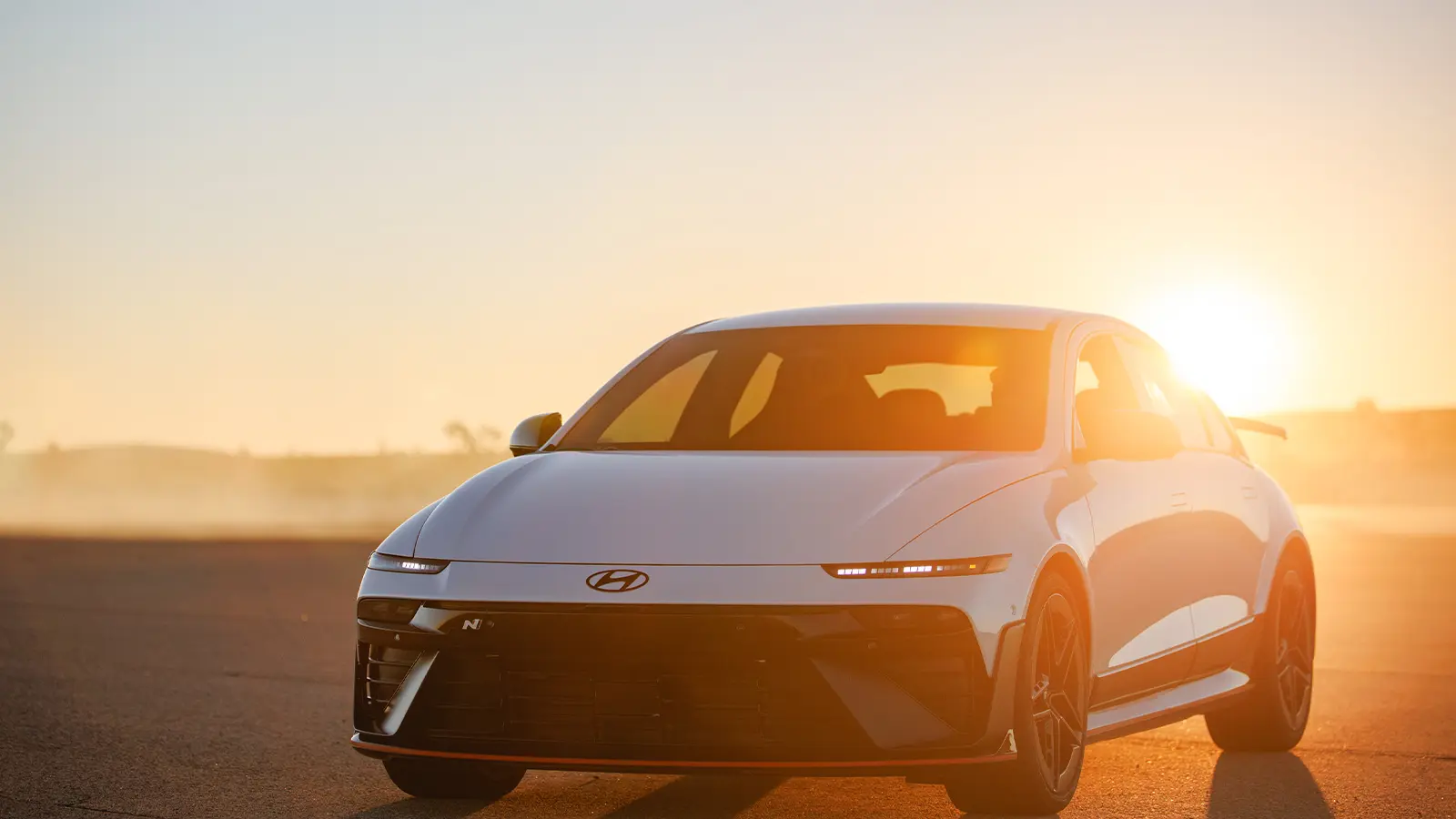
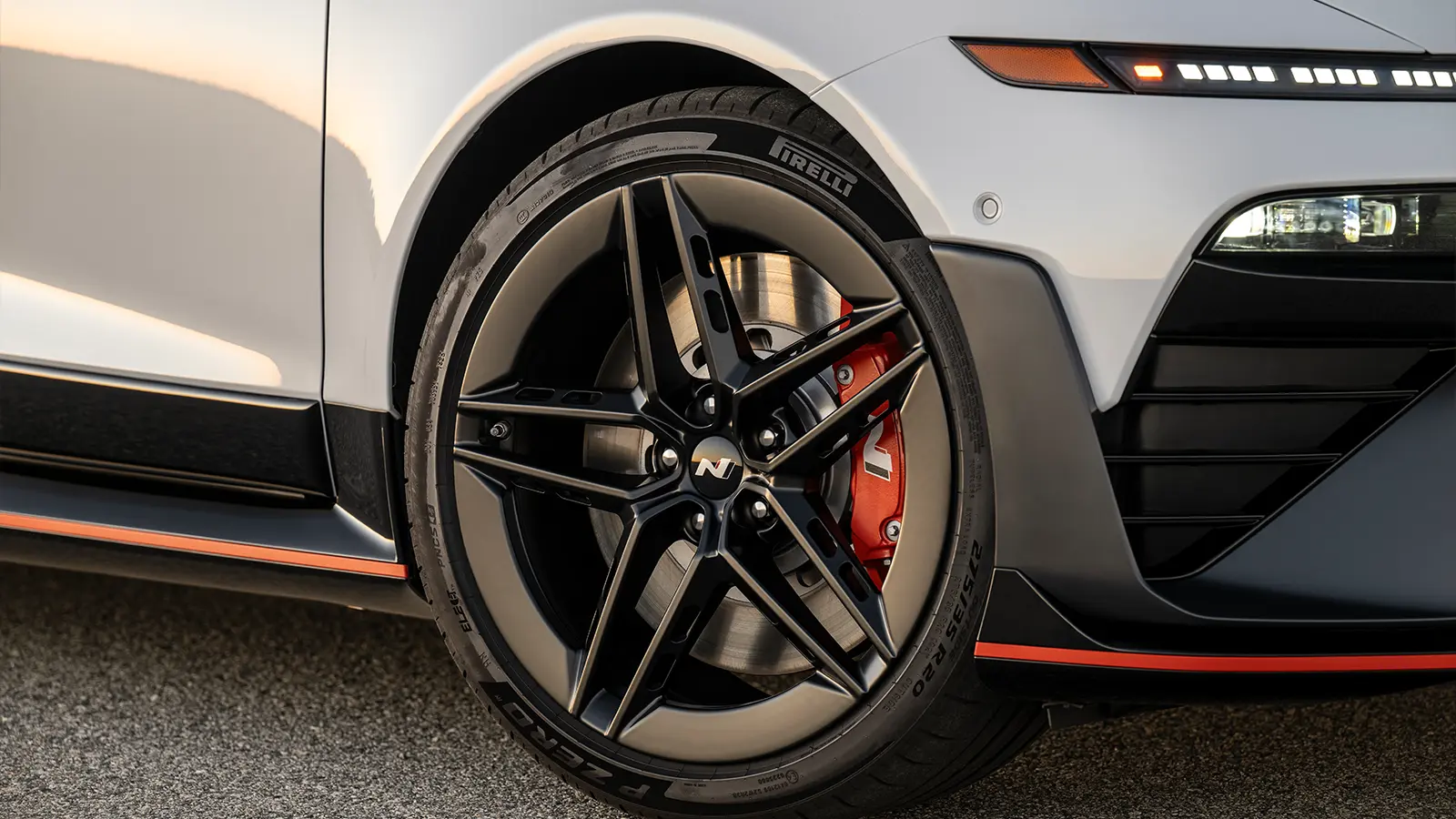
Simulated Shifts and Real Thrills in Hyundai's Performance Sedan
The modern electric vehicle era kicked off in mid-2006 when a little Silicon Valley startup emerged from stealth mode to reveal its first car, a sports car based on a heavily modified Lotus chassis that could sprint from 0-60 in just 4 seconds and go over 200 miles on a charge. The Tesla Roadster showed the world that EVs could be far more than glorified golf carts. Today, that acceleration seems almost quaint, with tons of EVs hitting 60 mph in half that time. This week at the Los Angeles Auto Show, Hyundai is showing off its latest performance EV: a 641-horsepower four-door midsize sedan called the 2026 Ioniq 6 N.

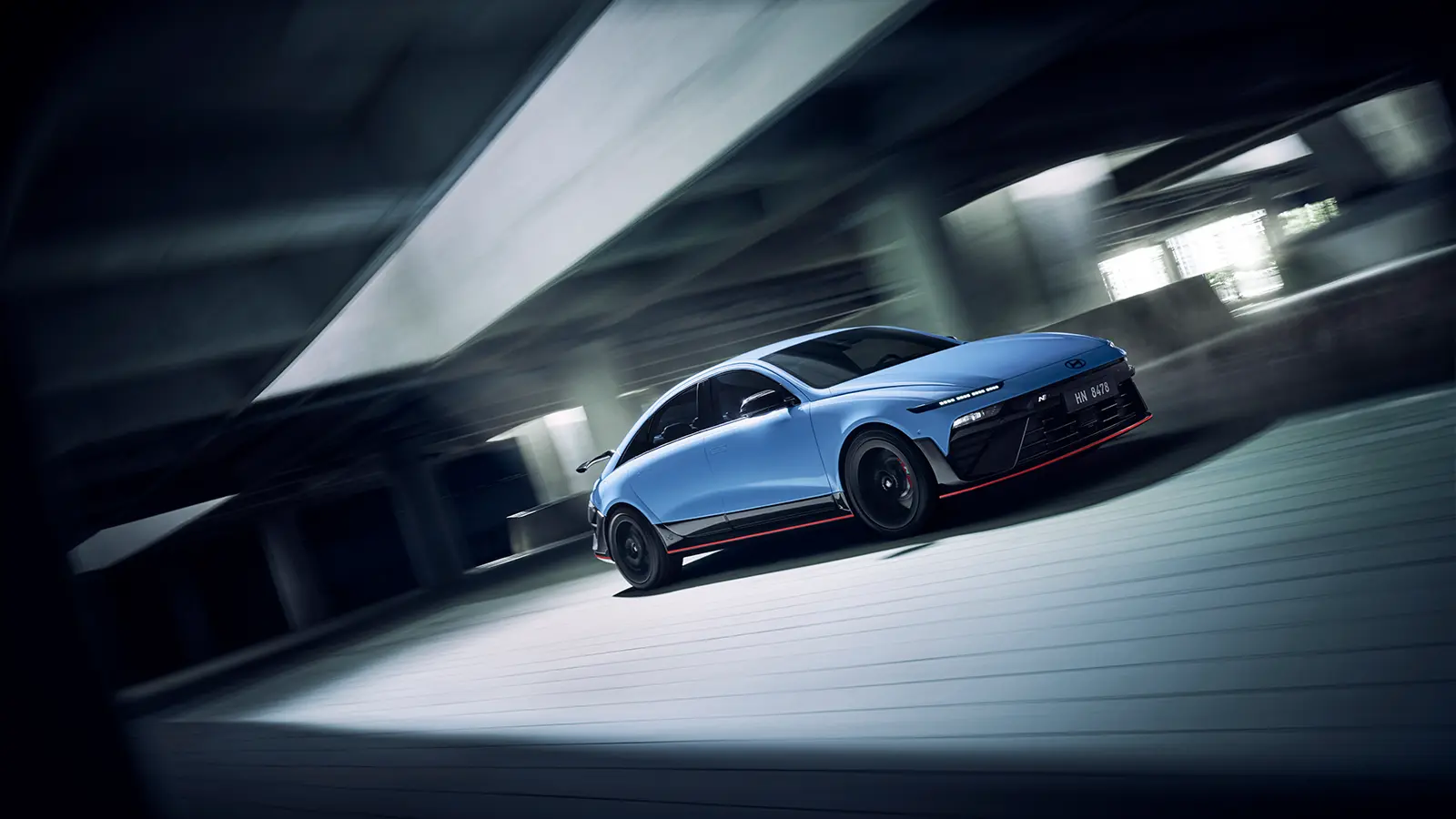
The Road to EVs as Sports Cars
The first chance I had to drive the Tesla Roadster was in January 2008, and it was a remarkable thrill ride. It was stunningly quick, and the driving dynamics tuned by the experts at Lotus were incredibly precise. Even with a 1,000-pound battery pack behind the seats, it was nimble, and the unassisted steering let me feel exactly what was happening where the tires met the road. But as good as it was, the nearly silent EV lacked some of the visceral appeal of traditional internal-combustion engine vehicles like the Lotus Elise it traced its chassis roots back to.
That’s what Hyundai has tried to address with its electric N models. Hyundai established its N division under the guidance of now-retired President and Head of Research and Development Albert Biermann, who joined the company in 2015 after three decades at BMW. Biermann led a transformation of the brand’s products, and the addition of N variants of cars like the Veloster and Elantra proved they could build cars as fun as anything from Europe.
The N-Badge Explained
The first electric model to carry the N badge was the Ioniq 5 N. When Hyundai unveiled it at the 2023 LA Auto Show, I was dubious. Sure, it got double the power of the standard dual-motor Ioniq 5 with 641 horsepower and 568 pound-feet of torque, a larger 84-kilowatt-hour battery, bigger brakes, and suspension upgrades. But what really set it apart was simulated shifting and sound. At the time, I thought simulating the feedback you'd get from a combustion vehicle sounded like a gimmick. Then I drove it.
My first exposure to the 5 N was at Road America in Wisconsin in May 2024. After getting the seat and steering wheel set up and pressing the N button, I rolled out of the pits. Engaging N mode switches the instrument cluster to show an arching tachometer across the top, along with speed and other information. The paddles on the back of the steering wheel, which normally allow the driver to adjust regenerative braking, become simulated shift paddles.
Want to compare how Hyundai refined its first performance EV? Check out our breakdown of the Ioniq 5 N: Hyundai Ioniq 5 N Performance Review
As you accelerate, the default sound replicates the turbocharged four-cylinder engine from the Elantra N. If you don’t tap the right paddle to upshift before the “tach” hits the redline, it'll emulate a rev-limiter and won't go any faster. When you do “upshift,” you’ll feel a momentary dip in acceleration, just like when shifting real gears. Similarly, while breaking, you’ll feel and hear the “engine” revs as it blips for each downshift.
Turns out, that gimmick transformed the Ioniq 5 N into the most fun I’ve ever had in an EV. It provides the visceral feedback you expect while driving around a track or down a winding country road. If that Tesla Roadster had these features, it would've been nearly perfect.
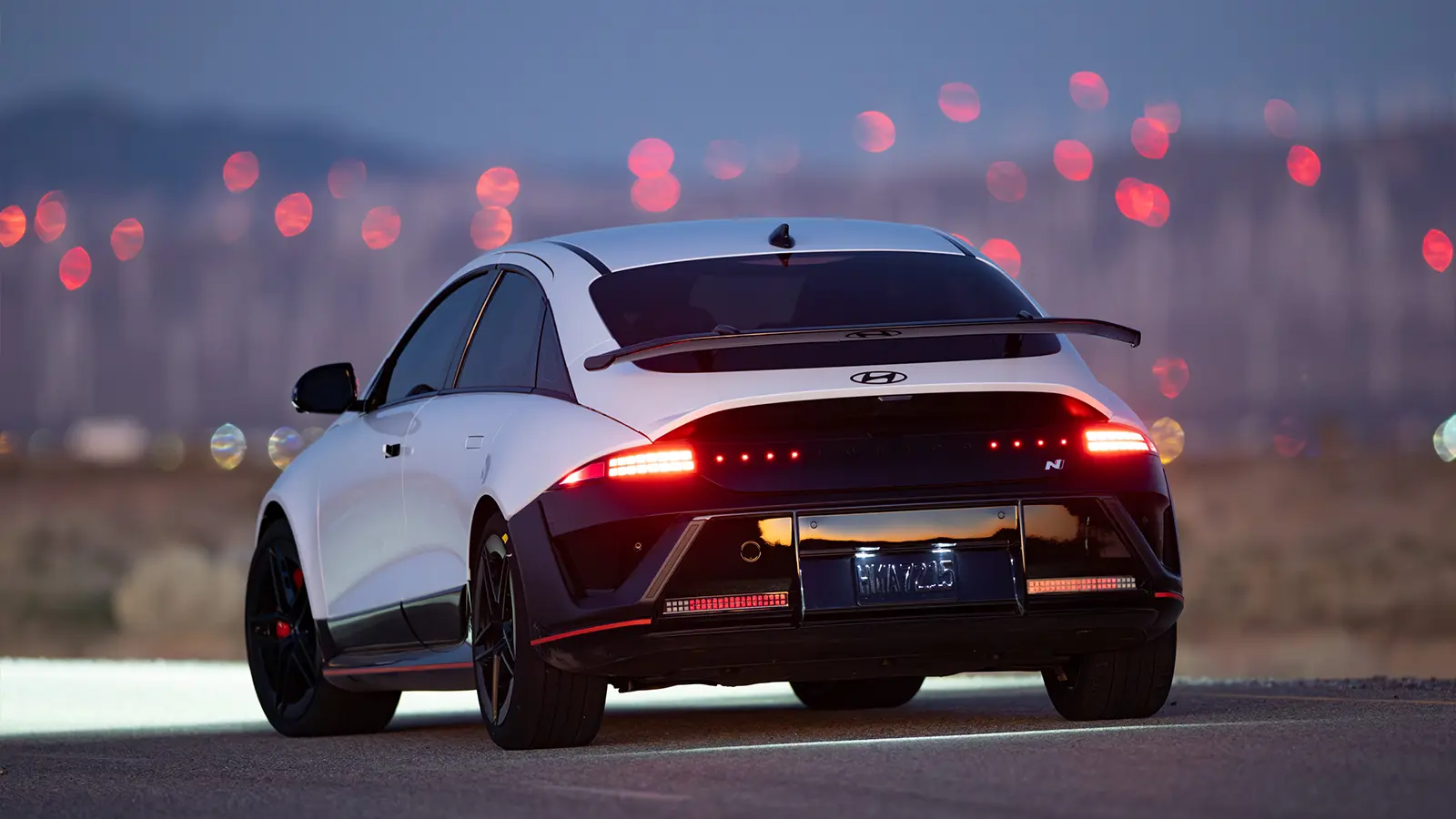
Same Thrills, Sedan Style
For those who prefer a traditional car form factor to a crossover or hatchback, the Ioniq 6 N now brings all of this fun to a four-door sedan. All Ioniq 6 models get some styling updates for 2026, including new slimmer headlamps and, for non-N models, the elimination of the bi-plane spoiler at the base of the rear window. The 6 N gets a rear wing with swan neck style mounts that've become popular on race cars in recent years. That, combined with a more aggressive-looking front fascia and wider fenders, will make it easy to spot the 6 N on the road, track, or in a parking lot. Plus, there's a grin on the driver’s face when they climb out.
Inside, Hyundai has also provided upgrades to support more spirited driving, including a leather-wrapped steering wheel and heavily bolstered front seats covered in leather and Alcantara to keep the driver centered in front of the wheel.
Like the 5 N, the 6 N gets revamped suspension geometry and tuning, along with some structural upgrades to improve the handling balance at high speeds. Extra spot weld points and structural adhesives provide a stiffer platform that maintains wheel orientation. We haven’t driven the 6 N yet, but if it’s anything like the 5 N, it won't sacrifice ride comfort for the improved performance.

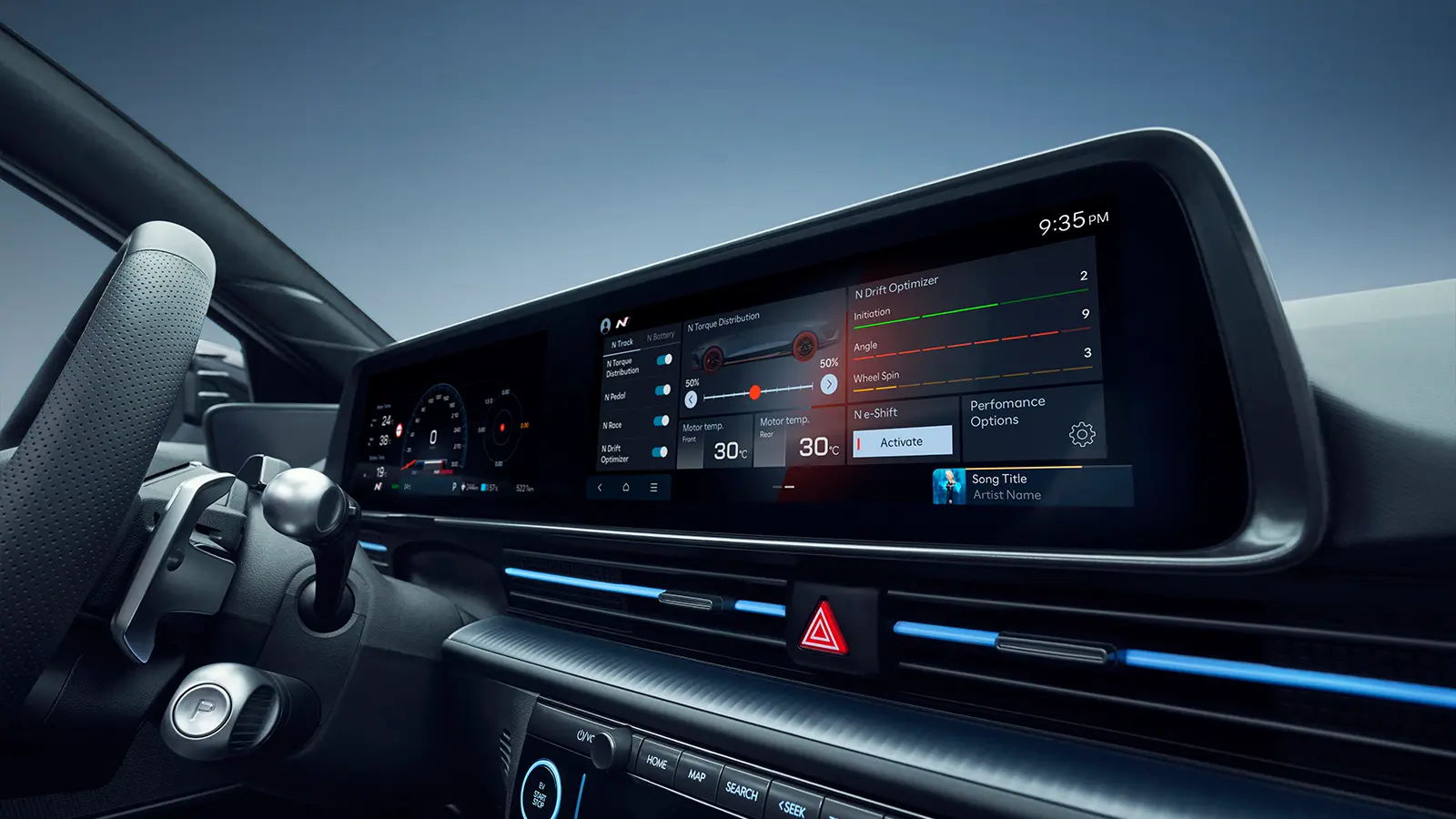
Built For Track Days
For those days when you want to take the Ioniq 6 N to a track, the N Track Manager enables data recording so you can evaluate both your driving and the car’s performance to get the most out of it. Hyundai also includes the N Ambient Shift Light system, which coordinates the interior lights with the simulated engine behavior to give you a visual cue about when to shift.
One advantage of an electric all-wheel-drive system with motors at both axles? There's no mechanical connection between them. The front motor can be left unenergized through software, turning the car into rear-wheel drive, ideal for drifting. The Ioniq 6 N gets up to 406 of its 641 total horsepower from the rear motor, and its instant responsiveness makes it relatively easy to initiate a drift.
The N Drift Optimizer lets you tune the car's behavior by adjusting when a drift starts, how much angle you hold, and the amount of wheel spin allowed. The only downside? The tire bill you’ll likely rack up as you slide the Ioniq 6 N around.
All This Plus Ultra-Quick Charging, Coming Next Year
Like its siblings, the Ioniq 6 N has an 800-volt electrical architecture that enables it to charge at over 240 kW at suitable DC fast charging stations. With the excellent battery thermal management that Hyundai has built into its e-GMP architecture, it can maintain higher charging rates than most other EVs, so it will charge from 10 percent to 80 percent in just 18 minutes.
Since sedans aren’t as popular as crossovers with American car buyers, the Ioniq 6 N will be offered in the U.S. in limited quantities, starting in 2026, with pricing to be announced later.
⚡ More Hyundai Performance EV Coverage
- Hyundai Ioniq 5 N Performance Review
Hyundai’s first electric N model delivers shocking power, playful dynamics, and real track-ready excitement.
Read More ➜ - Hyundai Ioniq 6 Road Test
A deep dive into how the standard Ioniq 6 balances comfort, efficiency, and futuristic design.
Read More ➜ - Hyundai’s Latest Ioniq 5: 650 HP Track-Bred Monster
Hyundai evolves the Ioniq 5 N with even more extreme performance and chassis upgrades.
Read More ➜





